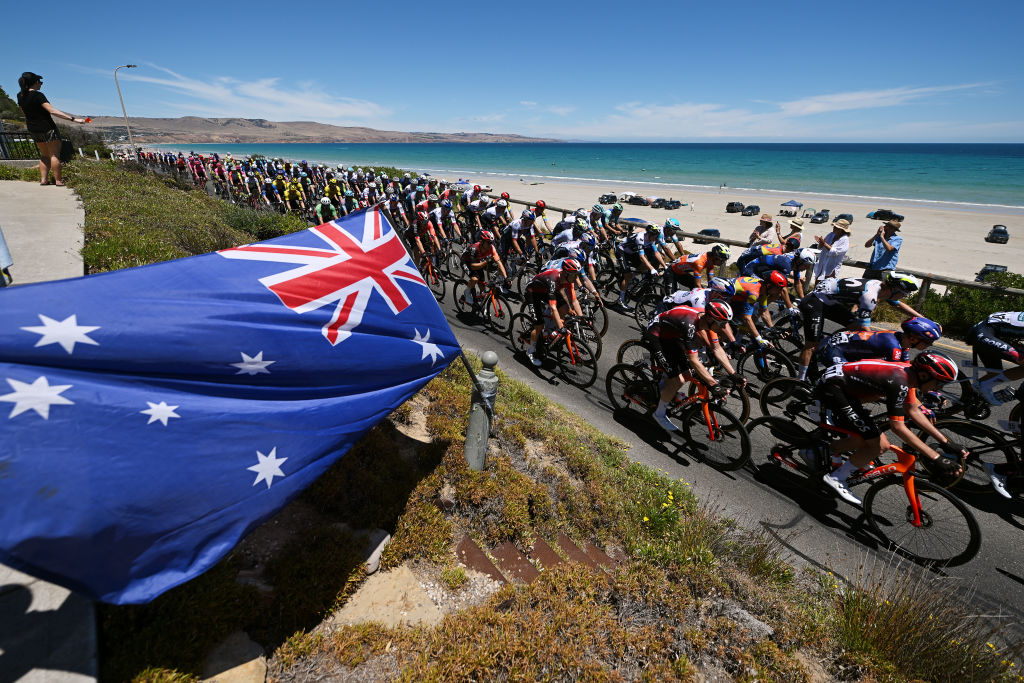Wire in the blood: Part II
In Part II, Cyclingnews ' Anthony Tan examines the robustness of the test used to convict Tyler...

In Part II, Cyclingnews' Anthony Tan examines the robustness of the test used to convict Tyler Hamilton of homologous blood transfusion, where much of the debate has been centred.
The test that determines whether a rider has transfused someone else's blood to increase his/her own performance, known as homologous blood doping, made its official debut in August 2004 at the Athens Olympic Games. [To see how it works, read 'In the blood'.] It was also the same time Hamilton's A sample returned a positive for homologous blood transfusion.
However, this wasn't known until the final week of the Vuelta a España, where he returned yet another positive for the same offence on September 21. In Athens, the 'B sample' was accidentally frozen and thus rendered unusable, while in Spain, the second sample was confirmed positive, along with team-mate Santiago Perez (the Spaniard was also sentenced for two years for homologous blood transfusion, and did not contest the decision.)
Ever since the announcement and until this day, much debate has been waged over numerous aspects of the test, but it namely centres around four interrelated issues: the test's methodology; the technology - or more precisely, the lack of it - in terms of the qualitative nature of the assessment (Hamilton referred to it as a 'I know it when I see it' type test); the differing amounts of mixed red blood cell populations found in Athens and at the Vuelta; and the lack of a false positive study done before the test was approved and put into use.
Click here to read the rest of the story.
The latest race content, interviews, features, reviews and expert buying guides, direct to your inbox!
